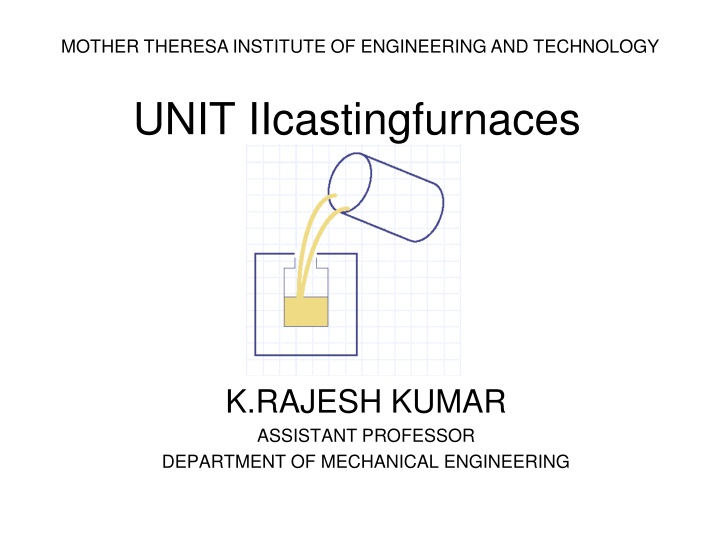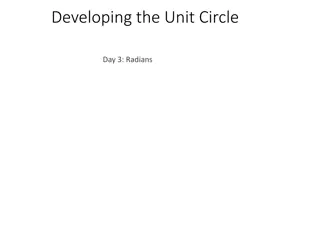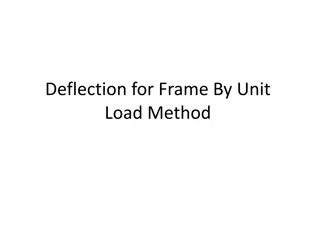
Metal Casting Furnaces: Types and Melting Techniques
"Learn about different types of furnaces used in metal casting, including Crucible, Coke-Fired, Oil-Fired, and Electric Arc Furnaces. Understand the melting process and the importance of choosing the right furnace for quality castings."
Download Presentation

Please find below an Image/Link to download the presentation.
The content on the website is provided AS IS for your information and personal use only. It may not be sold, licensed, or shared on other websites without obtaining consent from the author. If you encounter any issues during the download, it is possible that the publisher has removed the file from their server.
You are allowed to download the files provided on this website for personal or commercial use, subject to the condition that they are used lawfully. All files are the property of their respective owners.
The content on the website is provided AS IS for your information and personal use only. It may not be sold, licensed, or shared on other websites without obtaining consent from the author.
E N D
Presentation Transcript
MOTHER THERESA INSTITUTE OF ENGINEERING AND TECHNOLOGY UNIT IIcastingfurnaces K.RAJESH KUMAR ASSISTANT PROFESSOR DEPARTMENT OF MECHANICAL ENGINEERING
CASTINGFURNACES Melting is an equally important parameter for obtaining a quality castings. A number of furnaces can be used for melting the metal, to be used, to make a metal casting. The choice of furnace depends on the type of metal to be melted.
THE FURNACES USED IN METAL CASTING ARE AS FOLLOWING:. Crucible Furnaces Cupola Induction Furnace Reverberatory Furnace
CRUCIBLE FURNACES These furnaces melt the metal without direct contact with a burning fuel mixture. For this reason, they are sometimes called indirect fuel-fired furnaces. Crucible furnaces are mostly used for melting non ferrous metals and alloys. The metal is melted in a crucible which is a refractory vessel made of silicon carbide, Graphite or some other refractory material.
Primarily used for non-ferrous metals Furnace is of a cylindrical shape Also known as pit furnace Preparation involves: first to make a deep bed of coke in the furnace Burn the coke till it attains the state of maximum combustion Insert the crucible in the coke bed Remove the crucible when the melt reaches to desired temperature
Oil-Fired Furnace. Primarily used for non-ferrous metals Furnace is of a cylindrical shape Advantages include: no wastage of fuel Less contamination of the metal Absorption of water vapor is least as the metal melts inside the closed metallic furnace
ELECTRIC ARC FURNACE The Electric Arc Furnace (EAF) uses three vertical carbon rods as electrodes for producing arcs, striking on to the charge and heating it to the required temperature.
CUPOLA Cupola furnaces are tall, cylindrical furnaces used to melt iron and ferrous alloys in foundry operations. Alternating layers of metal and ferrous alloys, coke, and limestone are fed into the furnace from the top.
ASCHEMATICDIAGRAMOFACUPOLAISSHOWNIN FIG. THISDIAGRAMOFACUPOLAILLUSTRATESTHEFURNACE'S CYLINDRICALSHAFTLINEDWITHREFRACTORYANDTHE ALTERNATINGLAYERSOFCOKEANDMETALSCRAP. THE MOLTENMETALFLOWSOUTOFASPOUTATTHEBOTTOM OFTHECUPOLA.
Description of Cupola The cupola consists of a vertical cylindrical steel sheet and lined inside with acid refractory bricks. The lining is generally lower portion of the cupola as the temperature are higher than in upper portion There is a charging door through which coke, pig iron, steel scrap and flux is charged The blast is blown through the tuyeres thicker in the
These tuyeres are arranged in one or more row around the periphery of cupola Hot gases which ascends from the bottom (combustion zone) preheats the iron in the preheating zone Cupolas are provided with a drop bottom door through which debris, consisting of coke, slag etc. can be discharged at A slag hole is provided to remove the slag from the melt Through the tap hole molten metal is poured into the ladle At the top conical cap called the spark arrest is provided to prevent the spark emerging to outside the end of the melt






















